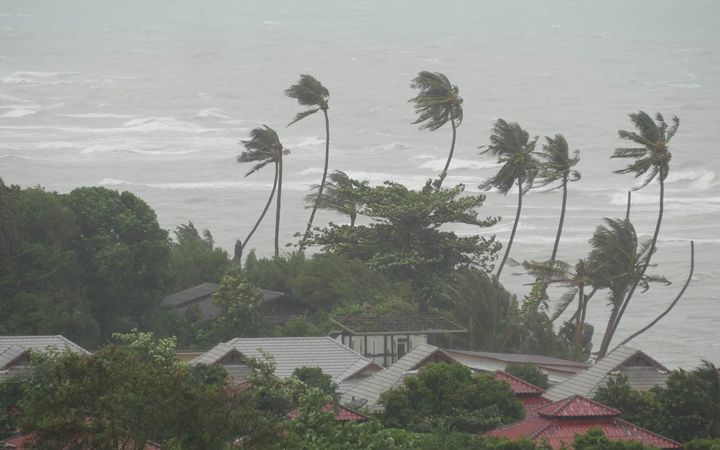CDBG-DR Consolidated Notice quick guides
After a presidentially declared disaster, Congress may pass a supplemental appropriation that earmarks funding for U. S. Department of Housing and Urban Development’s (HUD) Community Development Block Grant Disaster Recovery (CDBG-DR) program to assist impacted communities with disaster recovery efforts. HUD then allocates these funds—founded on the statutes and regulations for traditional CDBG programs—to state and/or local government grantees to address their unmet housing, infrastructure, and economic development needs.
HUD publishes what is known as a Federal Register Notice to outline how and where funding must be spent; agency information collection requirements; as well as waivers and alternative requirements that may apply to the appropriation.
For CDBG-DR grantees, compiling, decoding, and applying that information can be challenging and confusing. To help, our team develops summaries and guides as an easy way for CDBG-DR grantees and their partners receiving funding to review and understand the Federal Register Notice that is applicable to their appropriation.
Understanding Consolidated Notices
To create consistency across the administration of multiple disaster allocations, HUD created the Consolidated Notice.
The first Consolidated Notice was released in February 2022, and it represented a significant change to CDBG-DR and CDBG-MIT requirements. HUD continues to publish Consolidated Notices.
Federal Register Notices continue to be organized in the following way:
- Allocation Announcement Notice (AAN)
- Allocation
- Use of funds
- Overview of the grant process
- Applicable rules, statutes, waivers, and alternative requirements
- Duration of funding
- Appendix A: Allocation methodology
- Appendix B: Consolidated Notice
Quick guides
Our experts created a summary and quick guide for each of the recent Consolidated Notices. We’ll update this page with the newest FRN guide for each Consolidated Notice, so be sure to bookmark this page for easy access.
The tables organize the information from the FRNs that address: grantees and their allocations; general requirements; applicable rules, statutes, waivers, and alternative requirements; certification requirements; and the methodology used for the allocation of funds. Within each of those topics, the spreadsheet columns identify:
- Grantee applicability.
- Topic highlight.
- A brief summary of the provision.
- The page number in the Federal Register where the extended description is located.
Disclaimer: ICF presents this information based on the Federal Register Notices identified in the document. Grantees should consult the actual Federal Register Notice before making program decisions. ICF may not be held liable for any incorrect interpretation of this information.

